Kalatop Wildlife Sanctuary, is in the Chamba district of Himachal Pradesh. Spanning over an area of 30.69 km square, it is situated near the Ravi River. Surrounded by coniferous and oak forests and flora, the sanctuary features blue pine, deodar, rhododendron, grasslands, mosses, ferns, and shrubs. The major fauna species found are the Himalayan Black Bear, Ghoral, Barking Deer, Leopard, Serow, and the Himalayan Pit Viper. This sanctuary is undoubtedly a must-visit location for nature enthusiasts because of its beautiful surroundings, sparkling water features and thick woodlands, which offer the ideal habitat for the wildlife it protects.
Location

Photo: Truewebsolution / Wikimedia Commons
Located next to the Chamba Dam and Chamera Reservoir in Himanchal Pradesh, the Kalatop Wildlife Sanctuary is well-known for its rich flora and fauna, along with its well-maintained trekking and hiking trails offering beautiful views of the Pir Panjal range and hundreds of small streams.
Suggested Read: Trekking In Great Himalayan National Park
How To Reach Kalatop Wildlife Sanctuary
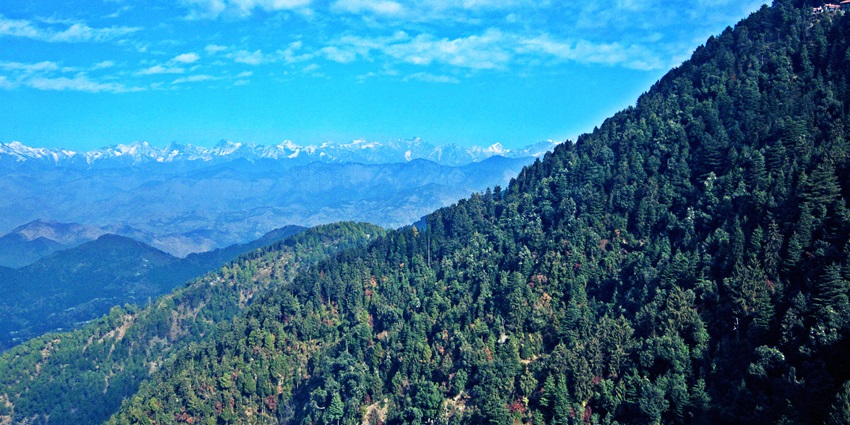
Photo: Piyush Tripathi / Wikimedia Commons / Image For Representation Only
The Kalatop Wildlife Sanctuary can be conveniently reached by road, rail, and air.
By Road: The sanctuary is located at a distance of 153 kilometres from Himachal Pradesh, 11.4 kilometres from Dalhousie, and 15.8 kilometres from Khajjiar. Visitors can reach by car, taxi, or bus.
By Rail: The sanctuary is situated at a distance of 90 kilometres from Pathankot Railway Station. Tourists can easily reach by hiring a car or taxi.
By Air: The sanctuary is nestled at a distance of 96.8 kilometres from Pathankot Airport. Travellers can reach by car, taxi, or bus.
Places To Visit Near Kalatop Wildlife Sanctuary
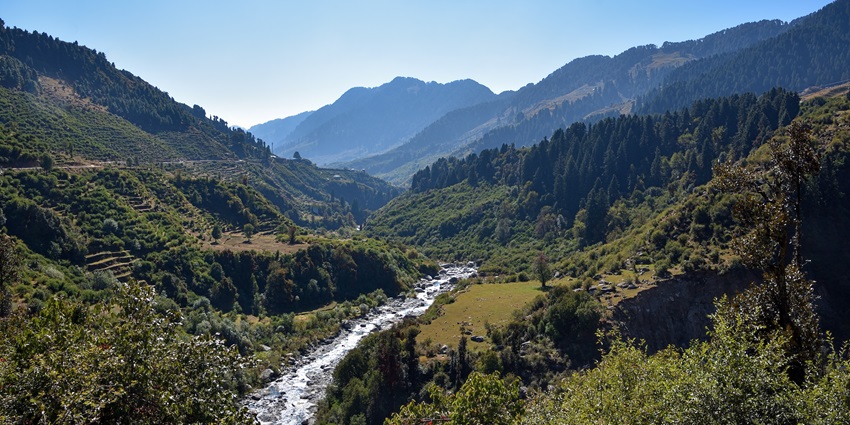
Photo: Timothy A. Gonsalves / Wikimedia Commons / Image For Representation Only
Here are some must-see attractions around Kalatop Wildlife Sanctuary:
1. Khajjiar
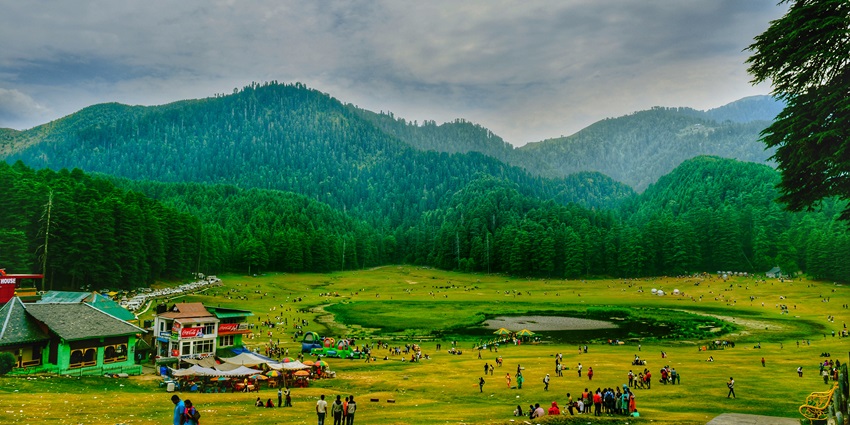
Photo: Wittystef / Wikmedia Commons
Khajjiar is a Himalayan town in the Chamba Valley of Himachal Pradesh. Enveloped in deodar, it is known for its pristine surroundings, abundant greenery, and ample adventure activities. It is the nearest to Kasol and is surrounded by cedar forests. Visitors can visit the Khajji Nag Temple, enjoy horse riding and zorbing, and enjoy the stunning sunset view. Khajjiar Lake, verdant meadows, and lush forests. The town is ideal for honeymooners, family, and snow sports enthusiasts, offering a unique sense of elation and beauty.
Timings: 24*7
Entry Fee: Free
Suggested Read: Explore The Natural Beauty Of Chandratal Wildlife Sanctuary In Himachal Pradesh
2. Dainkund Peak
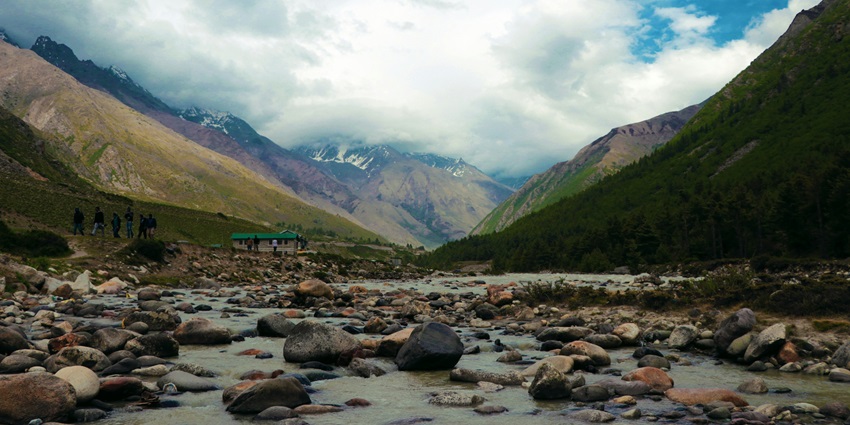
Photo: Divyanshi Verma / Unsplash / Image For Representation Only
Dainkund is the highest peak of Dalhousie, yet it attracts many tourists because of its snow-covered peaks and lush green surroundings. Situated at 2755 metres above sea level, the peak presents a breathless view of the valley below and the Khajjiar Lake. Visitors can spend time in calm surroundings and visit the Pholani Devi Temple, the prime attraction. An Air Force base is also located here, making the place perfect for photography and scenic walks.
Timings: 10 AM – 4 PM
Entry Fee: Free
3. Chamera Lake
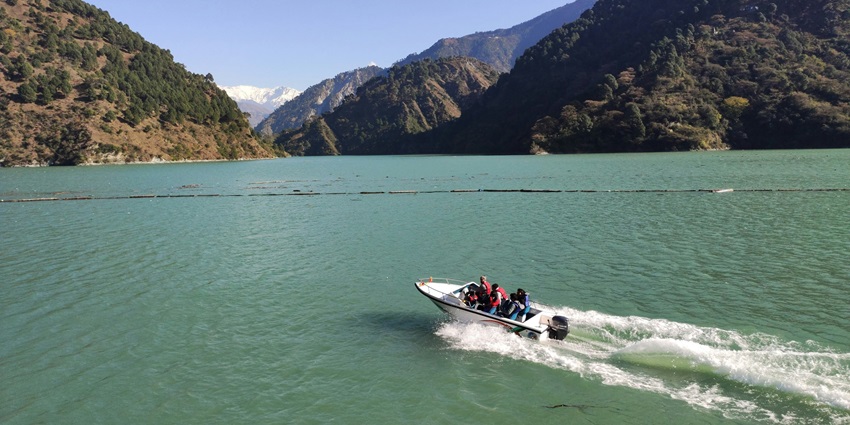
Photo: Jignesh Chudasama / Unsplash
Chamba in Dalhousie District has a wonderful lake called Chamera Lake. It is actually a reservoir created by Chamera Dam at an altitude of 1700 metres. This well-known tourist destination in Himachal Pradesh is one of the village’s biggest water suppliers, fed by the Ravi River. The lake is surrounded by green trees and valleys, offering water sports like boat riding and fishing. The lake is accessible from Dalhousie, Chamba, and Pathankot and can be visited at any time of the year, although winter is the best time to enjoy the surroundings when it is all snowy.
Timings: 9 AM – 7 PM
Entry Fee: Free
Suggested Read: Top Offbeat Places In Himachal Pradesh For Fresh Mountain Air
4. Aghanjar Mahadev Temple

Photo: Sakshi Sharma / Wikimedia Commons / Image For Representation Only
Aghanjar Mahadev Temple is about 500 years old and is located in Khaniyara. The temple is dedicated to Lord Shiva and is believed to have blessed Arjuna with victory over the Kauravas. It also features various Shiva idols. This place has a falling waterfall and a cave with a Shivalinga. One of the serene temples drawing tourists and nature lovers, it’s just the right place for photography and nature enthusiasts. It is accessible via a footpath made up of stones.
Timings: 5 AM – 9 PM
Entry Fee: Free
5. Sunset View Point
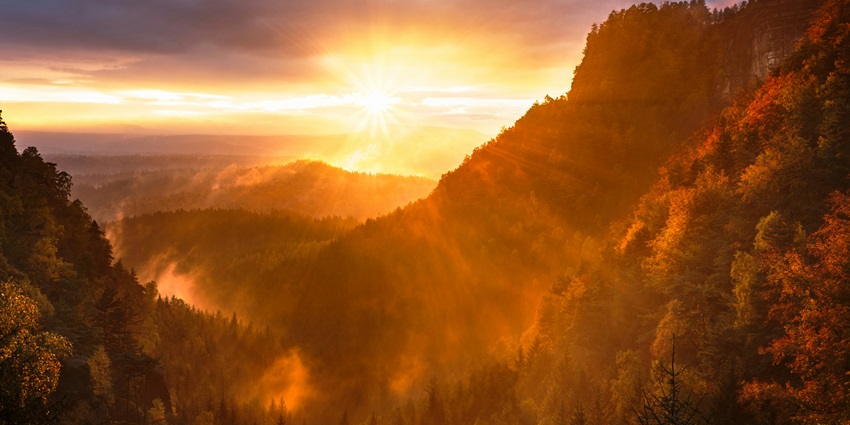
Photo: Artem Sapegin / Unsplash / Image For Representation Only
Situated in the Himalayas, Sunset View Point overlooks breathtaking views of the setting sun over the Kangra Valley and the Dhauladhar ranges. The place is known for its spiritual atmosphere and being the exile home to the Dalai Lama and the Tibetan government-in-exile. It is a must-visit destination for any tourist coming to find panoramic views and serenity. It is a serene viewpoint, reachable via a short trek, for photography enthusiasts and nature lovers. However, it is at quite high altitude, so one must keep themselves warm.
Timings: 24*7
Entry Fee: Free
Suggested Read: Hill Stations In Himachal Pradesh Where You Can Get Lost In The Mountains
Where To Stay Near Kalatop Wildlife Sanctuary
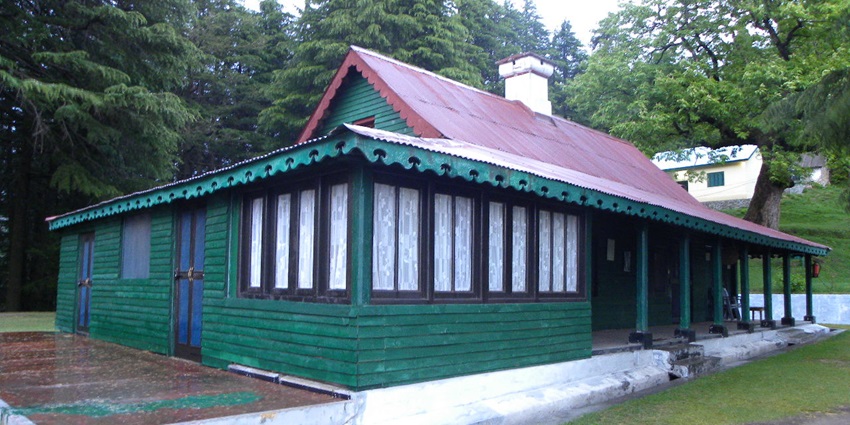
Photo: Truewebsolution / Wikimedia Commons
Himachal Pradesh offers a variety of staycation options to travellers. Some of the best accommodations near the Kalatop Wildlife Sanctuary include SmartHill Kalatop-Nature’s Heaven, Hotel Eagle Nest Central Heated, Hotel Forest View Dalhousie, Goroomgo Namaskar Heights Dalhousie, White Orchid Dalhousie, Canadian Cottage Dalhousie, Hotel Pines Valley Dalhousie, Bholenath Homestay Dalhousie, and Dalhousie Hotel & Resort. These staycations suit every customer, from budget-friendly to luxurious stays, including parking, wi-fi, and room services.
Where To Eat

Photo: Pixabay / Pexels / Image For Representation Only
Himachal Pradesh is known for its diverse and rich food culture with unique ingredients and species. Some famous foods include Bhey, Siddu, Aktori, and Tudkiya Bhaat. Here are the best restaurants that serve the delicious cuisine of Dalhousie: Cheese n Olive Bar, Stella Lounge Dalhousie, Kwality Restaurant, The Hideout Cafe Dalhousie, Moon Flakes Cafe, Cafe by Mongas, Puri Hotel, Magic Tree Cafe Dalhousie, Illusion Lounge Bar. These restaurants promise to serve the best mouth-watering foods with the best quality and quantity.
Suggested Read: National Parks In Himachal Pradesh
Best Time To Visit
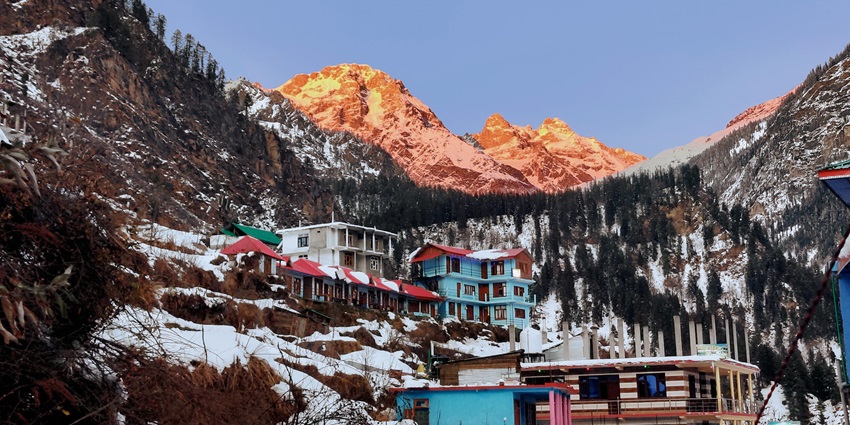
The best months to visit Kalatop Wildlife Sanctuary are between March to May or September to November when the weather is pleasant, and animal sightings are plentiful.
Other Factors To Consider
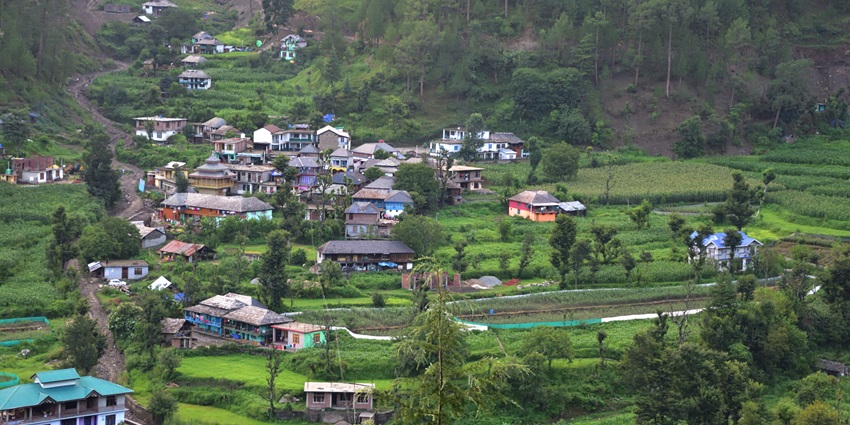
Photo: Timothy Gonsalves / Wikimedia Commons
Average Cost Of The Trip
The trip cost to the Kalatop Wildlife Sanctuary is typically between ₹15,000 and ₹25,000 per person, including the Kalatop Wildlife ticket price. This budget covers transportation, lodging, park entrance fees, and basic food. Budget travellers can find economical alternatives, while mid-range travellers may prefer more comfortable accommodations and guided tours.
Tips For The Travellers
- The weather can be chilly, especially at higher elevations, so bring layers.
- Bring enough water to stay hydrated on treks and trips.
- Keep a safe distance from animals and don’t disrupt their natural behaviour.
- Use biodegradable items to reduce your environmental effects and dispose of garbage correctly.
- Make sure you have the appropriate permissions for wildlife watching and hiking.
- Consider hiring a local guide to help you navigate and locate animals.
- Wear appropriate hiking footwear and be prepared for varying terrain and weather situations.
Suggested Read: Wildlife Sanctuaries In Himachal Pradesh To Visit On Your Upcoming Trip
Kalatop Wildlife Sanctuary is a must-see location for nature lovers and adventurers due to its exceptional natural beauty, unique animals, and tranquil surroundings. The sanctuary offers a unique experience in the Himalayas, with thrilling wildlife encounters and quiet walking pathways. Consider arranging your excursion with TripXL for a smooth and unforgettable journey. Their knowledge and customised travel packages assure a smooth and exciting trip to Kalatop.
Cover Photo: Truewebsolution / Wikimedia Commons


 WhatsApp
WhatsApp
 Twitter
Twitter









